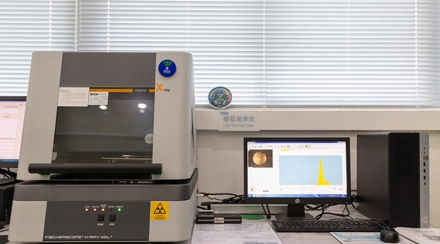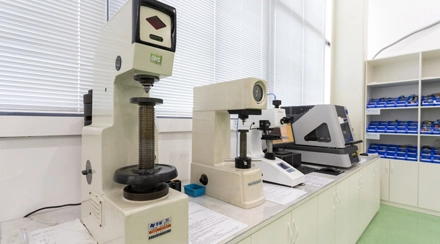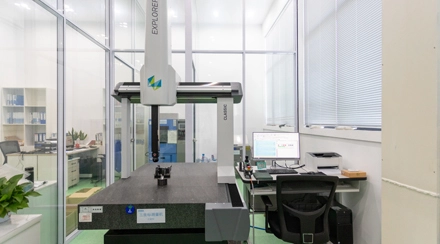Hydraulic and mechanical forging presses, including Ajax CECO 2000 and Lasco SPR 500.
Metals (steel, aluminum, titanium).
Max workpiece size: 1000mm x 500mm. Tolerances: ±0.1mm.
Quality Management System: ISO 9001:2015 certified, ensuring strength and quality.
Inspection Equipment: CMM, hardness testers, and ultrasonic testers.
Quality Assurance Process: Material verification, in-process monitoring, and final inspection using CMM and hardness testers to ensure dimensional accuracy and material strength.
Hot forging is a metalworking process that involves shaping and forming metal at high temperatures, typically above the recrystallization temperature of the material. This process makes the metal more ductile and less likely to fracture, allowing for more complex shapes and finer details to be achieved. Here are the key aspects of the hot forging process:
Heating: The metal workpiece is heated in a furnace to a temperature that is above its recrystallization point. For steel, this is usually between 950°C and 1250°C (1742°F to 2282°F). The exact temperature depends on the type of metal being forged.
Forging: Once the metal reaches the desired temperature, it is placed between two dies and subjected to compressive forces. These forces can be applied using a hammer, press, or other forging equipment. The dies are typically made of a material that can withstand high temperatures and pressures.
Shaping: The metal is deformed and shaped into the desired form as it is compressed between the dies. The high temperature makes the metal more malleable, allowing it to flow into the intricate shapes of the dies.
Cooling: After the forging process, the metal is allowed to cool, either slowly in air or more rapidly through quenching, depending on the desired properties of the final product.
Finishing: The forged part may require additional finishing processes such as machining, grinding, or heat treatment to achieve the final specifications and properties.
Custom hot forging involves shaping metal at high temperatures to meet specific requirements. The process starts with design and engineering, including CAD modeling and simulation. The appropriate material is selected, and custom dies are designed and manufactured. The metal workpiece is heated above its recrystallization point, placed between the dies, and deformed using compressive forces. After forging, the part is cooled, trimmed, machined, and possibly heat-treated. Rigorous quality control ensures the part meets specifications. BulkTEK custom hot forging delivers high-strength, precision-engineered components tailored to your specifications, ideal for demanding applications.
To find the best partner for custom hot forging, start by defining your project requirements, including material types, dimensions, and production volumes. Research potential partners with strong reputations and proven experience. Evaluate their technical capabilities, quality assurance processes (e.g., ISO 9001 certification), and material expertise. Ensure they have the capacity to handle your production needs and can meet lead times. Compare costs but focus on overall value, including quality and reliability. Assess their customer service and communication skills, and seek references or reviews from previous clients. If possible, visit their facilities to understand their operations better. Prioritize partners willing to invest in a long-term, collaborative relationship.


